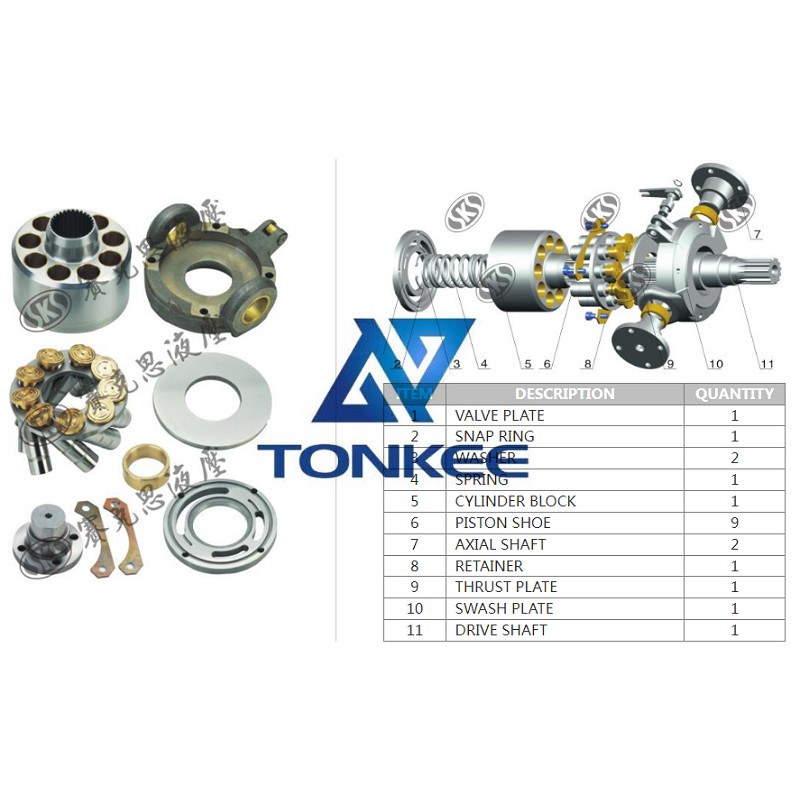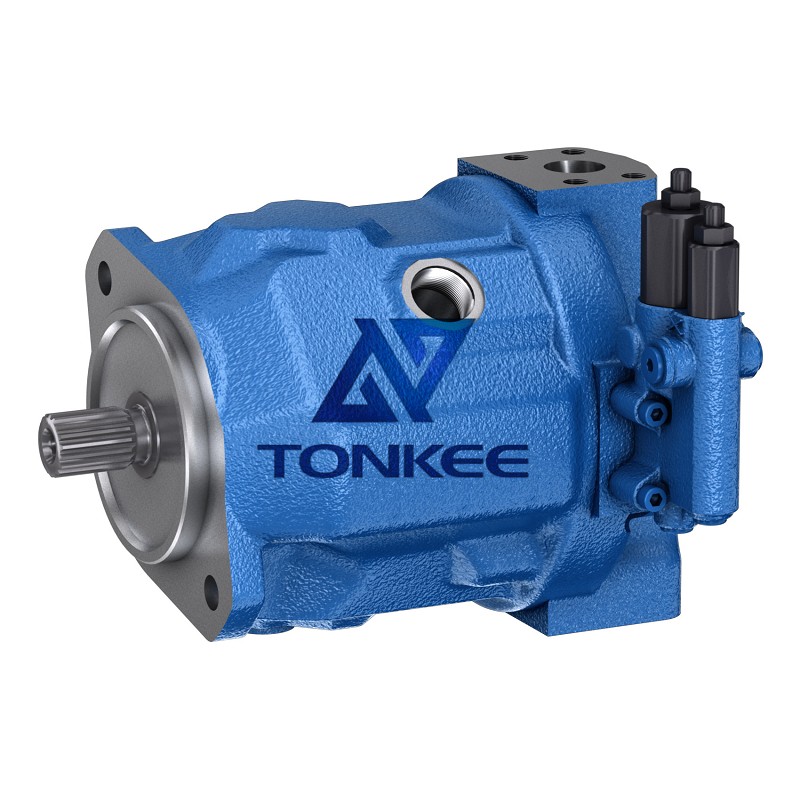
Hydraulic pumps are devices used to generate fluid flow and create hydraulic power.
They are commonly employed in various applications, including industrial machinery, construction equipment, and automotive systems. These pumps are crucial components of hydraulic systems, as they convert mechanical energy into hydraulic energy, enabling the operation of cylinders, motors, and other hydraulic devices.
In a hydraulic system, a pump operates by creating a pressure difference that moves fluid from a reservoir into the system. This fluid, typically hydraulic oil, is then distributed to various components to perform tasks such as lifting, pushing, or rotating. The pump generates flow by utilizing mechanical input, such as an electric motor or an internal combustion engine, to drive its internal mechanisms.
While I couldn't provide a detailed specification for the specific pump you mentioned, here are some common specifications you might find when researching hydraulic pumps:
Flow Rate: The flow rate, measured in gallons per minute (GPM) or liters per minute (LPM), indicates the volume of fluid that the pump can deliver within a given time frame.
Pressure Rating: The pressure rating, typically expressed in pounds per square inch (PSI) or bar, represents the maximum pressure that the pump can generate to provide hydraulic power.
Displacement: The displacement of a hydraulic pump refers to the volume of fluid it can displace in a single revolution or stroke. It is often measured in cubic inches or cubic centimeters.
Pump Type: There are different types of hydraulic pumps, including gear pumps, vane pumps, piston pumps, and axial piston pumps.
Each type has its own advantages, performance characteristics, and applications.
Mounting Options: Hydraulic pumps can be designed for various mounting configurations, such as flange-mounted, foot-mounted, or frame-mounted, to suit different installation requirements.
Efficiency and Service Life: These factors determine how effectively the pump converts mechanical energy into hydraulic energy and how long it can operate reliably before requiring maintenance or replacement.





 English
English português
português Русский язык
Русский язык










